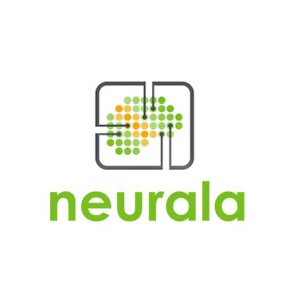What does ClassKick do?
ClassKick, is an edtech startup from Chicago. It is the place where students do their assignments and receive help where they need from their classmates and teachers.
Teachers make assignments on ClassKick, check the individual student’s understanding and provide instant help to the students when they need it. Students can ask for help privately and provide peer to peer feedback. The technology of ClassKick is focused on increasing the student learning and helping the teachers be more effective.
How much ClassKick was funded?
This education and tech startup has raised $1.7 M on March 11th, 2015 to help the teachers lower the achievement gap with its learning app. The investors in this seed round funding are Kapor Capital, Lightbank, Great Oaks Venture Capital and Adam Pisoni.
Previous funding
- Undisclosed amount in the seed round on January 14th, 2014 by Imagine K12.
What is next for ClassKick?
The edtech app will help the teachers narrow the achievement gap with the learning app. The student learning app will level the playing field for children from low income families, who make up for majority of the public school students in U.S.
Andrew Roland, the co-founder of ClassKick said that a lack of parental involvement and the general academic culture are 2 of the primary factors which are responsible for underachievement of the student. These things are hard for an overworked teacher in a low income school. But the technology of the ClassKick can help with these problems.
They are focusing on hiring more engineers and improve user experience.
More about ClassKick
ClassKick was founded on October, 2013 by Peter Do and Andrew Rowland. It has its headquarters in Chicago. Teachers make assignments on ClassKick, check the individual understanding of a student and provide instant help. Students can ask doubts privately and provide feedback to their fellow students. ClassKick is focused on increasing student learning and aid teachers to be more effective.
Its goal is to connect the work of a student in the class with their parents, teachers and peers.
![[Jcount.com]](https://www.jcount.com/wp-content/uploads/2014/08/jcount150X50.png)
![[Jcount.com]](https://www.jcount.com/wp-content/uploads/2014/08/jcountstartupslogo1.png)



